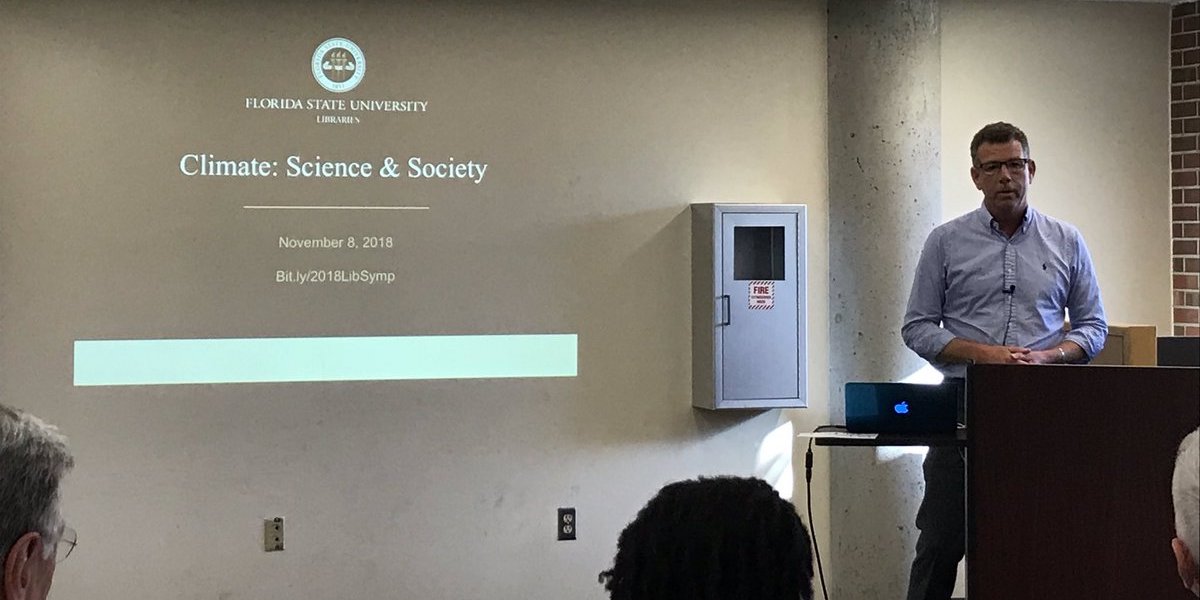The Florida Climate Center serves as the primary resource for climate data, information, and services in the state of Florida.
What's new in our world?
The Florida Climate Center achieves its mission by providing climate monitoring, research, and expertise to be applied by the people, institutions, and businesses of Florida and the surrounding region.
We provide direct service by fulfilling requests for climate and weather data and information in a variety of formats.
We perform research that advances the understanding of the climate variability and changes of Florida and the surrounding region.
We provide outreach in presentations and at events aimed at a variety of groups, interests, and ages.
Instructions: Select a station of your choice, then select the month and day for the activity you are planning. Press the download button and a file will download. This file contains information about the max temperature, min temperature, and precipitation for all the years for that station. At the end you can find an average of the variables for the valid values. Values such as -99.99000 will be displayed but not taken into account for the average.
The precipitation estimates provided are derived from the National Weather Service (NWS) WSR-88D Doppler Radars. Radar precipitation estimates can be grossly inaccurate, so radar-based precipitation values are calibrated with routinely available surface gauge data. The combined product provides the spatial resolution of radar with the increased accuracy of surface gauge networks. These gauge-calibrated radar estimates are known as Multi-Precipitation Estimates, or MPE.
However, due to the limits of the NWS radars and the surface gauge networks, there can still be large errors with MPE, especially with local estimates.
This site allows you to view MPE maps for every month recorded.
A Big Rain event is the occurrence of two or more inches of rain in a two-day period. The number of such events varies by month and ENSO phase. Knowledge of the probability of the number of Big Rain events aids the planning of procedures to address impacts on water supply and resulting runoff.
The map below assists the display of graphs of probabilitites of the number of Big Rain events during the various months and ENSO phases. Click on the icon at a particular station. An information box will be displayed. Within this box are further links to (1) graphs of the annual variation of probabilitites of one/two or more events and (2) monthly probabilities of the number of events as related to ENSO phases.





